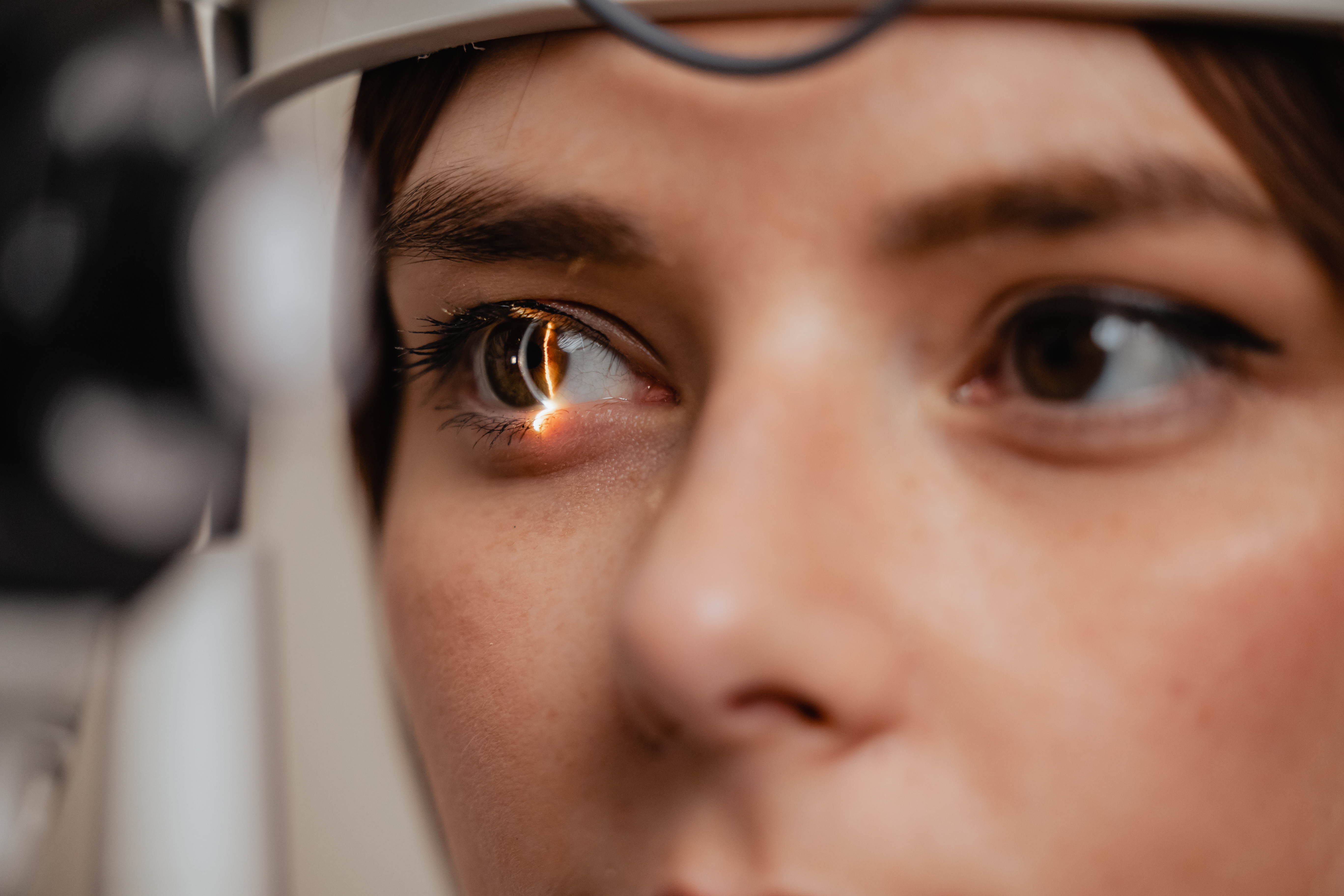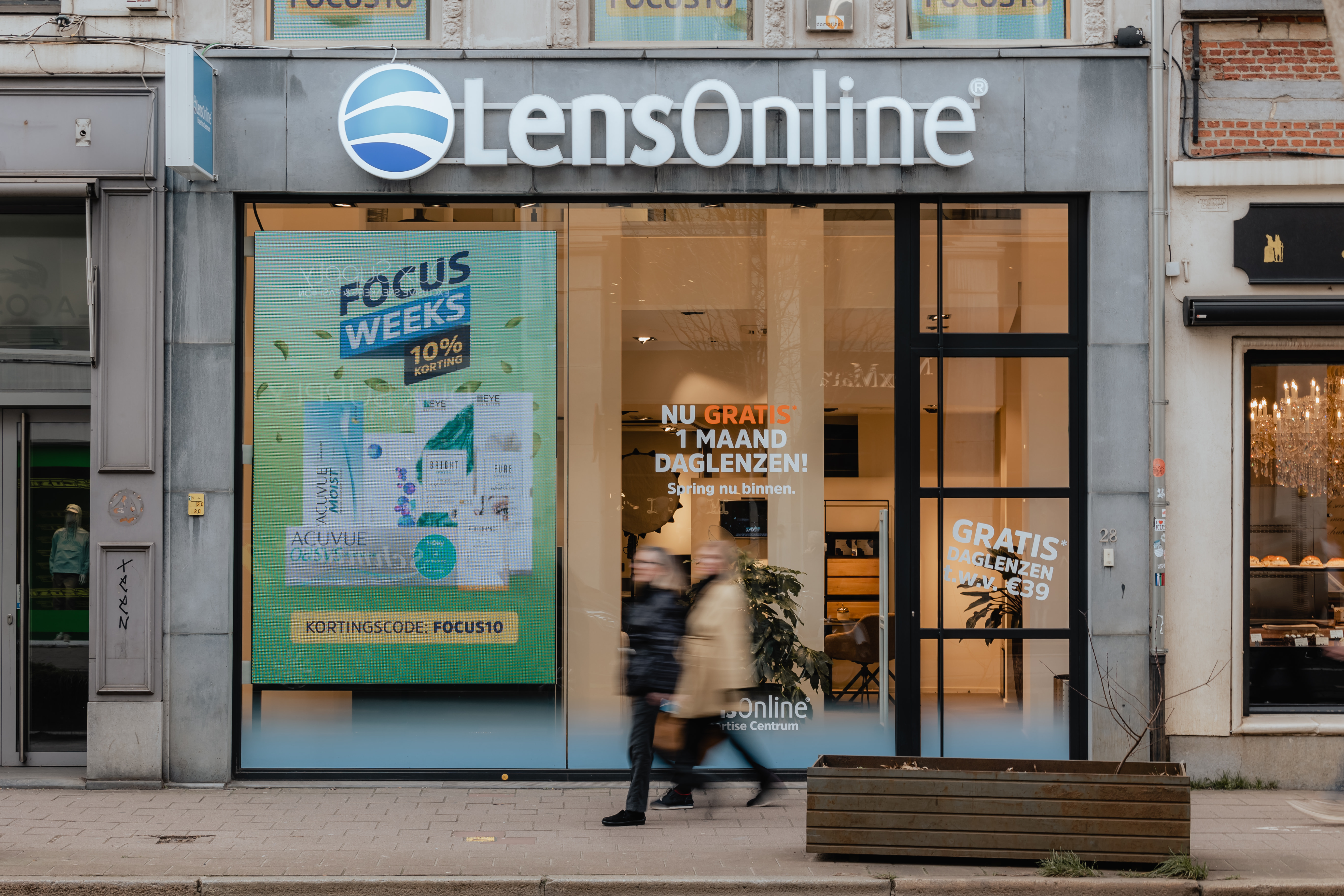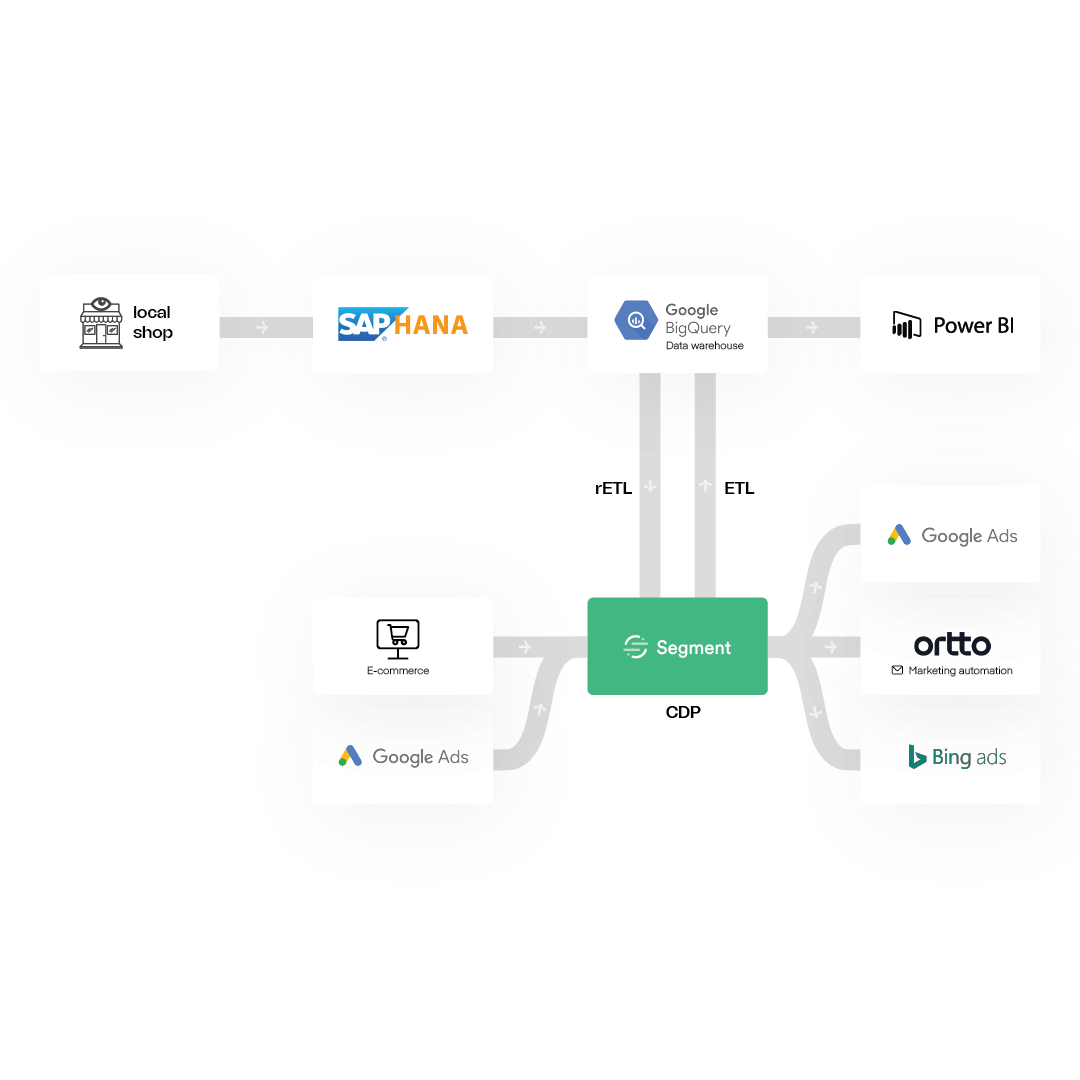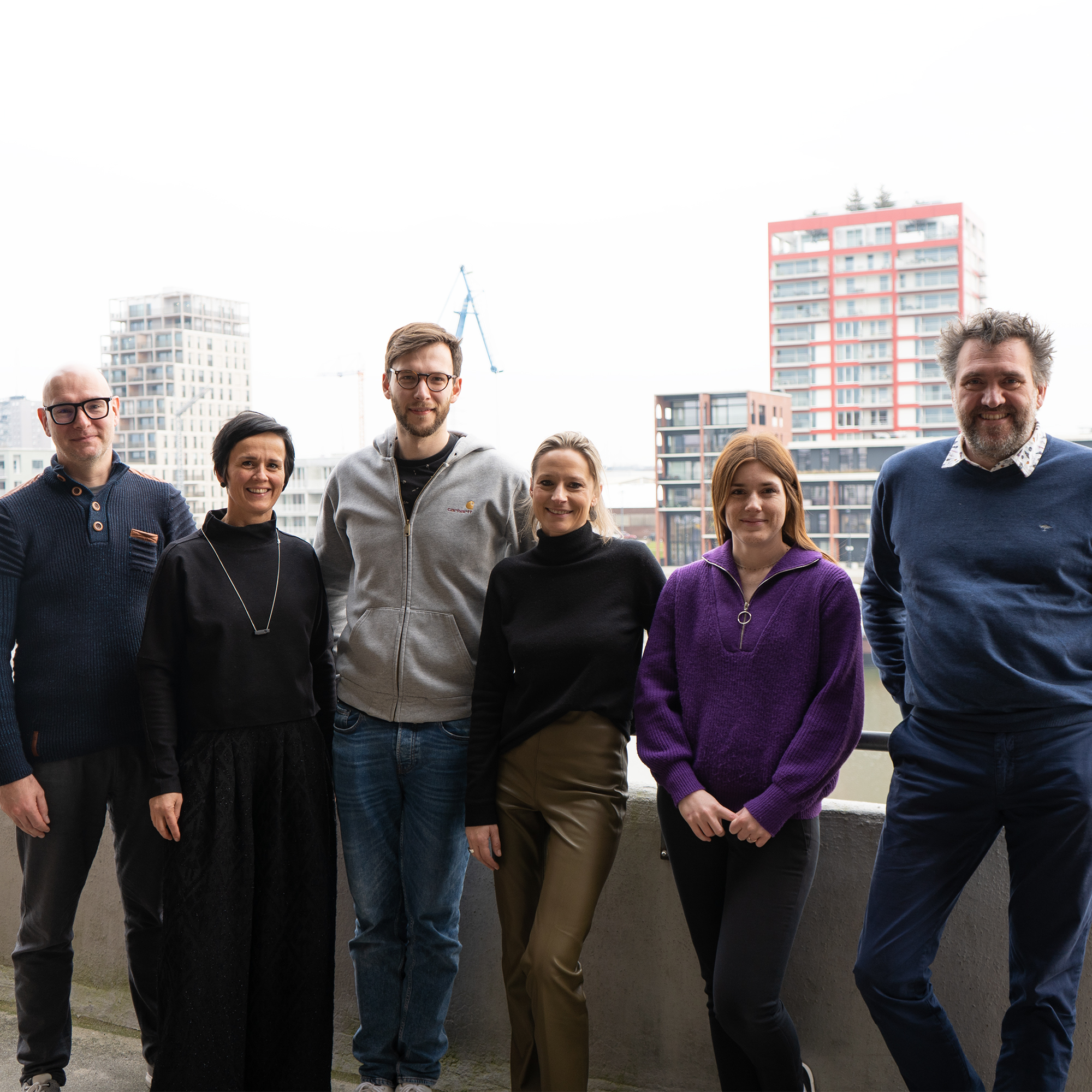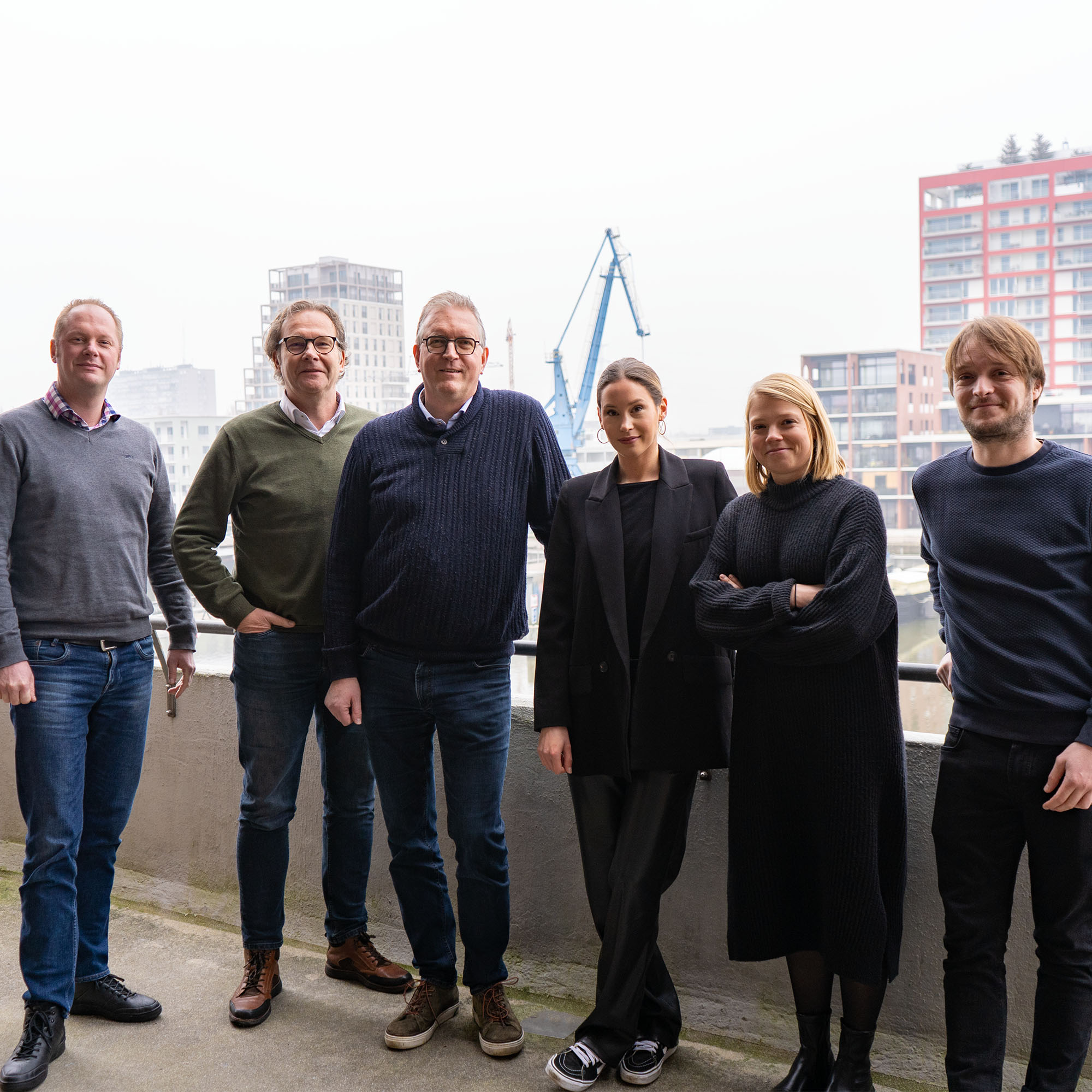LensOnline kicks off their data transformation process with the implementation of a Customer Data Platform
LensOnline is an international omnichannel retailer of contactlenses and eye care solutions with over 250 stores in the Benelux and Italy.
LensOnline stands for better vision. For supporting contactlens wearers in their daily endeavours, together with our eye care specialists. LensOnline breaks down the personal barriers of visual challenges by providing our customer with the best quality products and service; adapted to their lifestyle.



